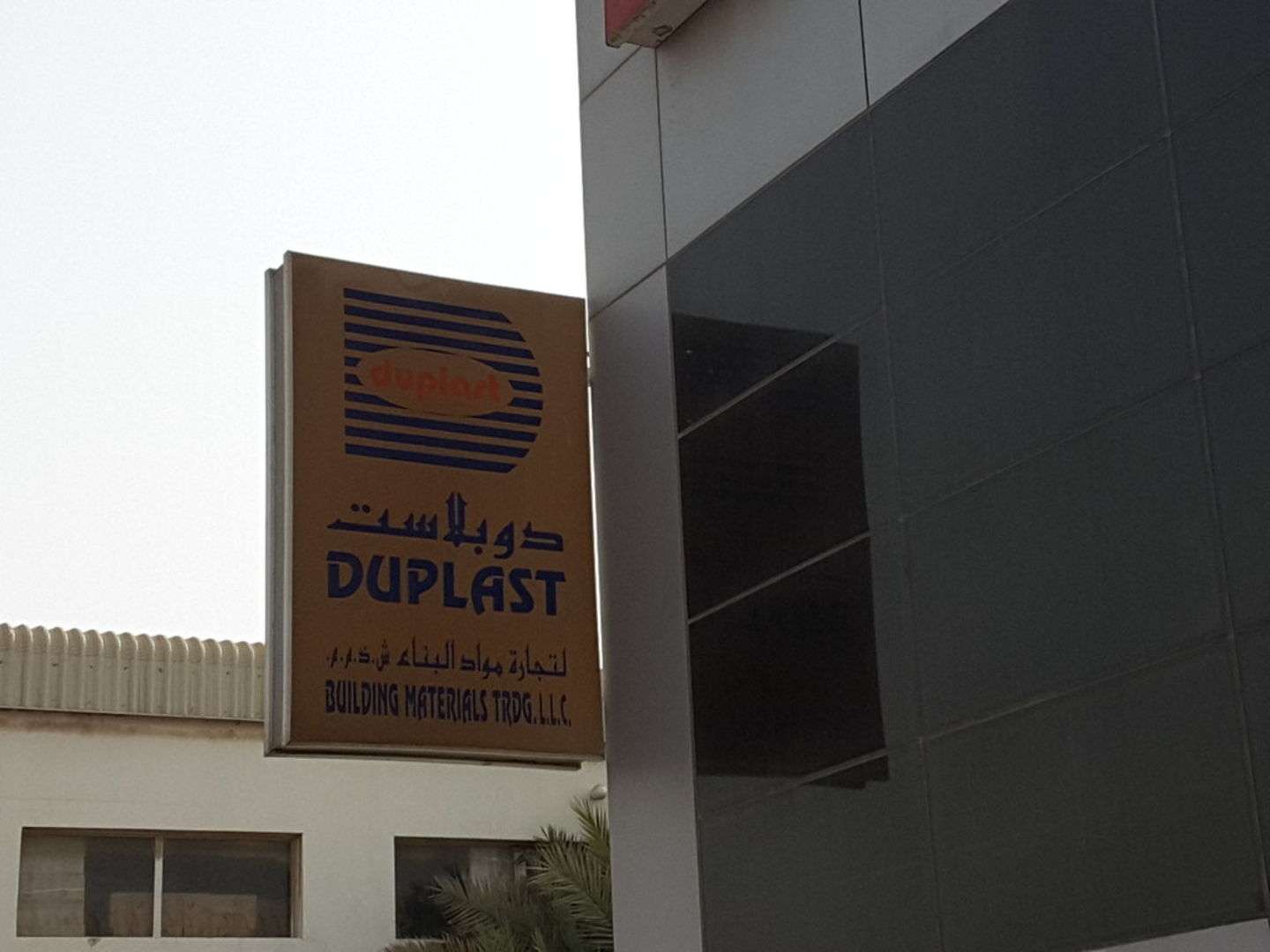The modern kitchen is no longer just a place for cooking; it’s a central hub for family gatherings, entertaining guests, and expressing personal style. A well-designed kitchen enhances both functionality and aesthetics, creating a space that is both efficient and inviting. The modular kitchen L shaped design offers a versatile solution for optimizing space and creating a visually appealing environment. This configuration is particularly effective in smaller to medium-sized kitchens, maximizing workflow and minimizing unnecessary movement. Choosing a modular kitchen L shaped design can significantly improve your cooking experience and add value to your home.
The Enduring Appeal of the L-Shaped Layout
The L-shaped kitchen layout is a classic for a reason; Its inherent efficiency and adaptability make it a popular choice for homeowners worldwide. Here’s why it continues to be a sought-after design:
- Space Optimization: It maximizes corner space, often a neglected area in kitchen design.
- Ergonomic Efficiency: The L-shape allows for a natural work triangle between the sink, stove, and refrigerator.
- Visual Appeal: The clean lines and open feel of an L-shaped kitchen create a visually pleasing space.
- Adaptability: It can be adapted to various kitchen sizes and styles, from minimalist to traditional.
Designing Your Ideal Modular Kitchen L Shaped Design
Creating the perfect modular kitchen L shaped design requires careful planning and consideration of various factors. Here are some key aspects to consider:
1. Cabinet Selection:
Choosing the right cabinets is crucial for both storage and aesthetics. Consider the following:
- Material: Solid wood, plywood, MDF, and laminate are common choices, each with its own advantages and disadvantages.
- Style: Match the cabinet style to your overall kitchen design, whether it’s modern, farmhouse, or traditional.
- Storage Solutions: Incorporate pull-out shelves, drawer dividers, and other storage solutions to maximize efficiency.
2. Countertop Considerations:
The countertop is a workhorse in the kitchen, so choose a material that is both durable and attractive. Options include:
- Granite: A classic choice known for its durability and heat resistance.
- Quartz: A man-made material that is non-porous and easy to maintain.
- Solid Surface: A seamless material that is resistant to stains and scratches.
3. Appliance Placement:
Strategic appliance placement is key to creating an efficient workflow. Consider the following:
- Refrigerator: Place the refrigerator at the end of one leg of the “L” for easy access.
- Stove/Cooktop: Position the stove or cooktop in a central location with ample counter space on either side.
- Sink: Locate the sink under a window if possible for natural light and ventilation.
Comparative Table: Cabinet Material Options
| Material | Pros | Cons | Cost |
|---|---|---|---|
| Solid Wood | Durable, classic look, can be refinished | Expensive, susceptible to moisture damage | High |
| Plywood | Strong, water-resistant, less expensive than solid wood | Edges can be rough, requires veneer or laminate | Medium |
| MDF | Smooth surface, inexpensive, easy to paint | Susceptible to moisture damage, less durable than plywood | Low |
| Laminate | Inexpensive, easy to clean, wide variety of colors and patterns | Not as durable as other options, difficult to repair | Low to Medium |
Creating a successful modular kitchen L shaped design is about finding the right balance between functionality, aesthetics, and personal preferences. By carefully considering your needs and exploring the various options available, you can create a kitchen that is both beautiful and efficient.

